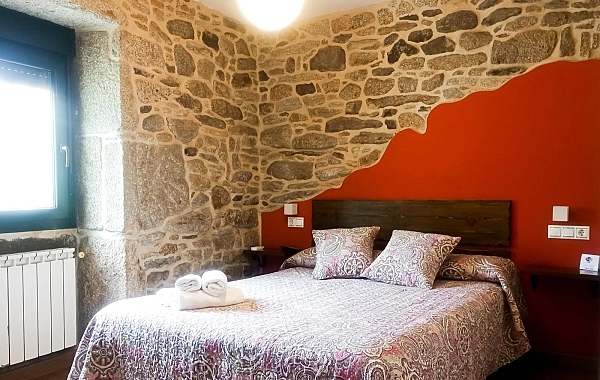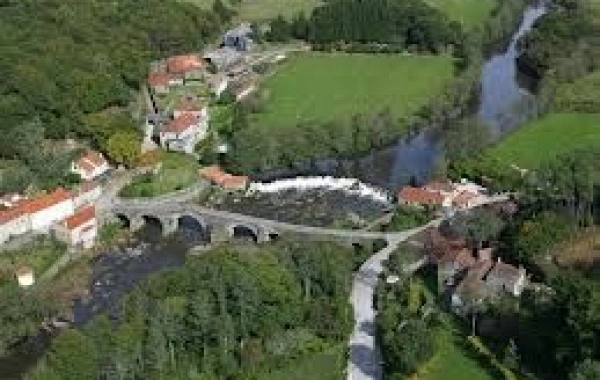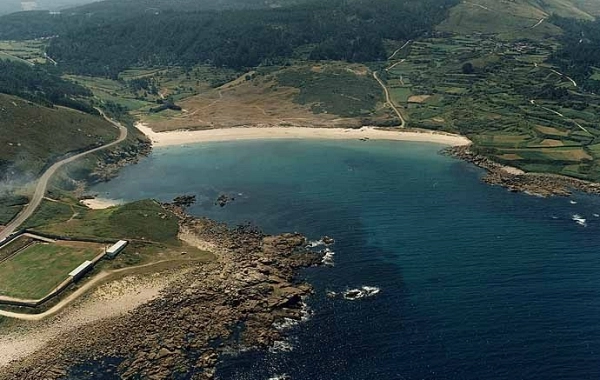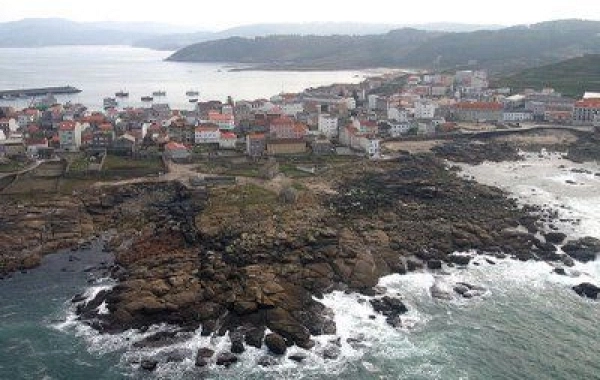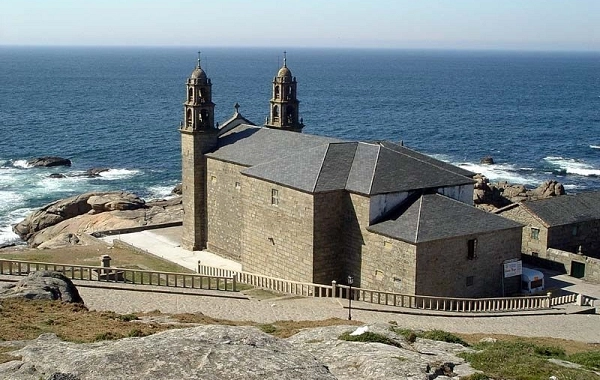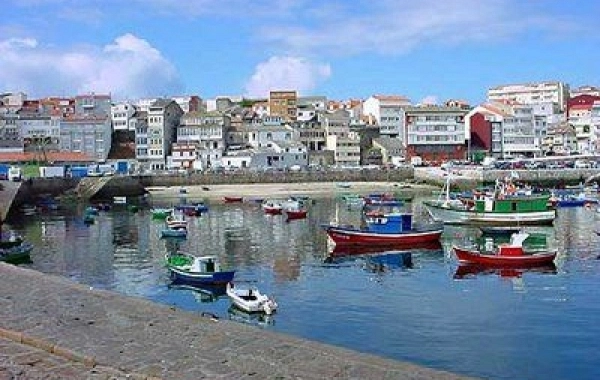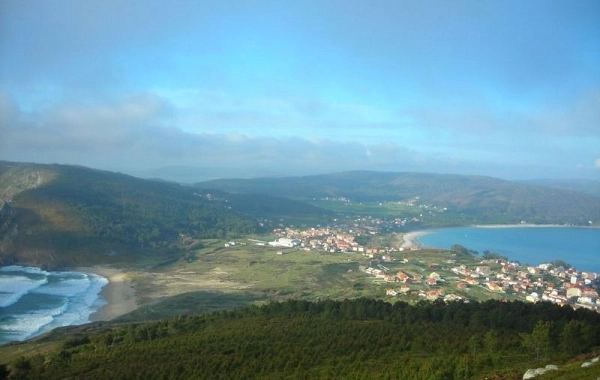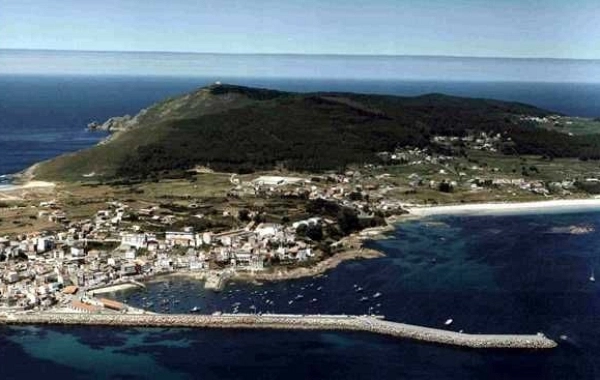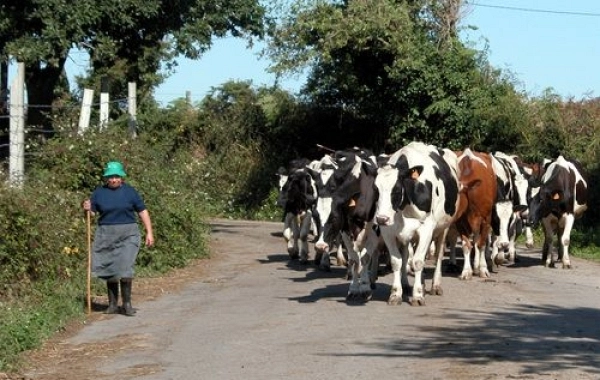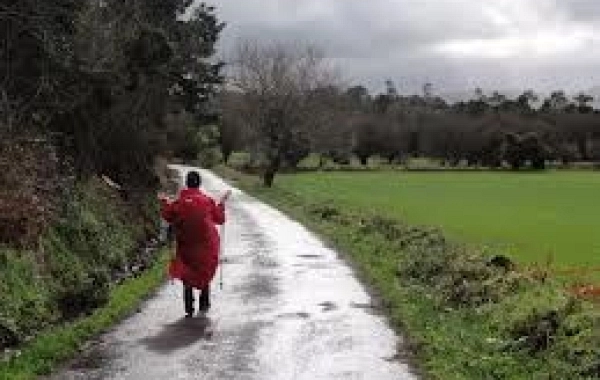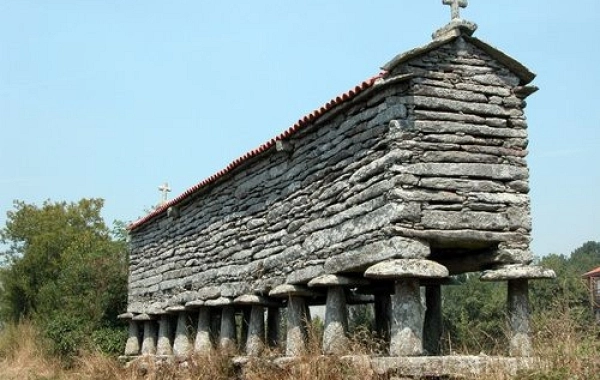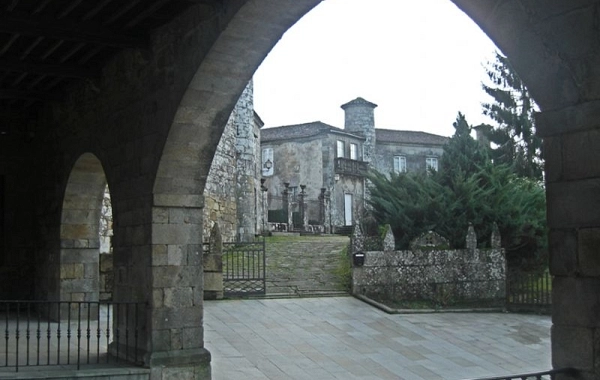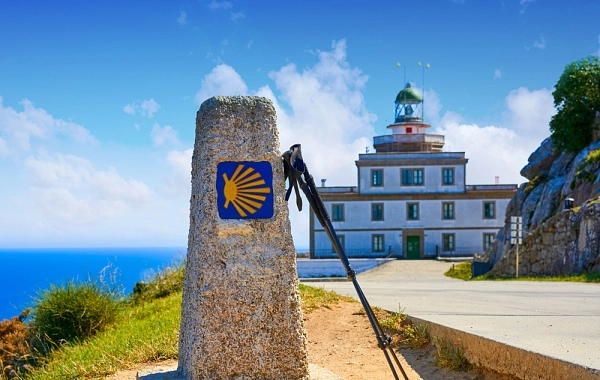Maps and Routes Fisterra
Distance113 Km.Stages4Related packages
The Connection Between Finisterrae and the Jacobean Cult
The relationship between the ancient "Finisterrae" and the Jacobean cult dates back to the discovery of the tomb of the Apostle Saint James. According to various versions of the transfer of Saint James' body to Galicia, the city of Dugium, located on the isthmus of Finisterre, is mentioned as a key point in these stories.
In Muxía, another town connected to the Camino, there is a legend where the Virgin Mary appears in human form. Additionally, there are many traditions surrounding the unique stones of the place, which are believed to possess magical properties.
The Camino de Finisterre: A Unique Route
The Camino to Finisterre is special because it is taken from Santiago de Compostela to Finisterre, rather than the other way around, as happens with other Camino de Santiago routes. This journey holds profound symbolism: many pilgrims burn their clothes upon arriving at Finisterre, a ritual symbolizing rebirth and purification after completing their pilgrimage.
History of the Camino to Finisterre
The Camino to Finisterre was already mentioned in the 17th century. An example is the account Journey to the West by Domenico Laffy, which describes this route as a continuation of the pilgrimage to the "end of the known world."
The Route of the Camino de Santiago to Finisterre
The Camino de Finisterre begins in Santiago de Compostela and passes through a large number of towns before reaching the cape. The main stages include:
From Santiago to Finisterre:
- Ponte Sarela, Sarela de Baixo, Vidán, Barcía, Lamas, Pedra da Legua, Roxos, Vila, Portela, Ventosa, Lombao, Augapesada, Castiñeiro do Lobo, Alto do Mar do Ovellas, Susavila de Carballo, Trasmonte, Burgueiros, Pontemaceira, Negreira, Zas, Porto-camiño, Cornovo, Vilaserío, Santa Mariña, Bon Xesús, Vilar do Castro, Olveiroa, Hospital, Pedras Loiras, Campolongo, Cée, Corcubión, Sardiñeiro, and finally, Finisterre.
From Finisterre to Muxía:
- Escaselas, San Salvador, Castromiñán, Arenal do Rostro, Canosa, Lires, Vaosilveiro, Frixe, Morquintán, Lourido, and Muxía.
Map and Features of This Route
The Camino de Finisterre and Muxía not only offers a spiritual and cultural connection, but also allows the pilgrim to enjoy unique landscapes. From green mountains and valleys to the stunning views of the Atlantic Ocean, this route has something to offer every traveler.
If you are looking for a different experience from the traditional Camino de Santiago, this route to the "end of the world" is an ideal option to connect with nature, history, and the spiritual significance of the Camino.
Conclusion
The Camino de Finisterre and Muxía is a magical extension of the Camino de Santiago, full of history, traditions, and unique landscapes. Its route, which includes towns with rich cultural and spiritual heritage, offers the pilgrim an unforgettable experience. Dare to travel this route and discover the profound meaning of reaching the true end of the world.





